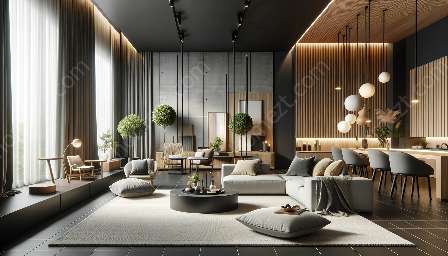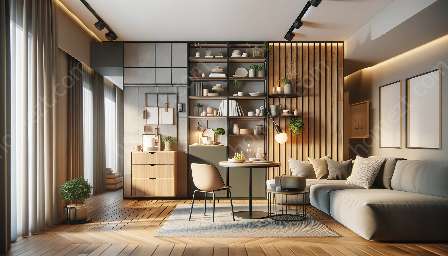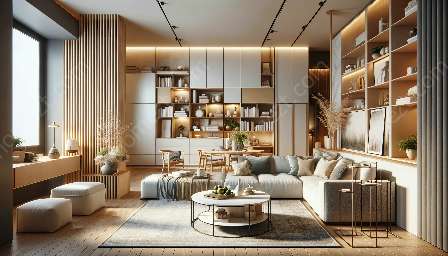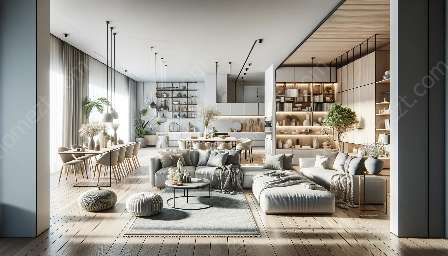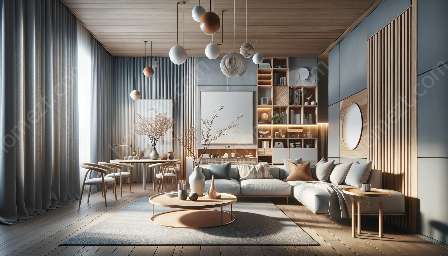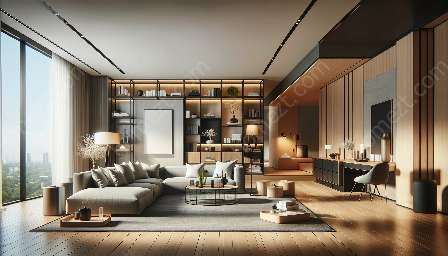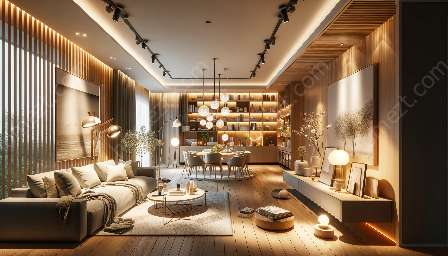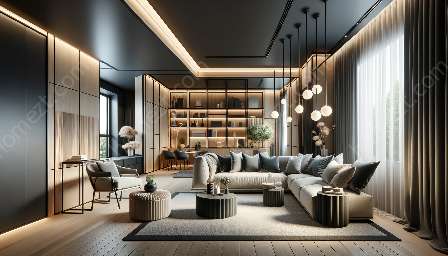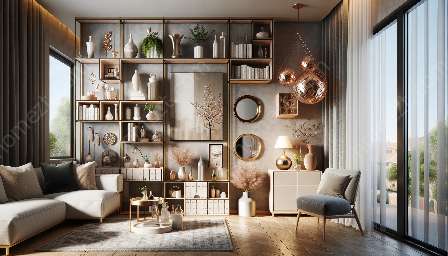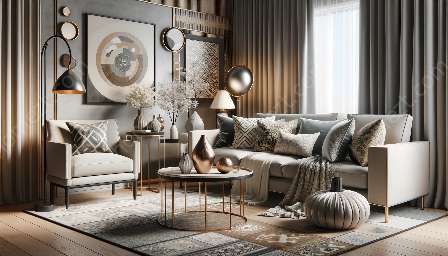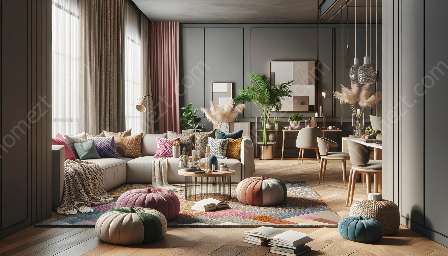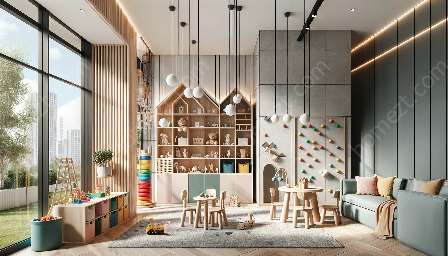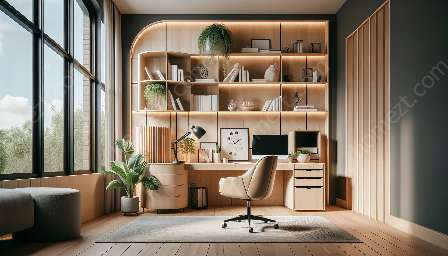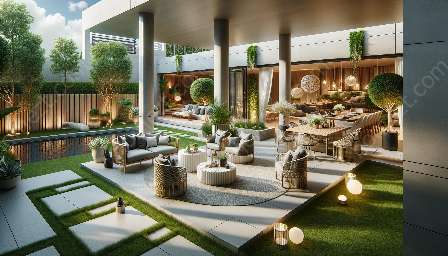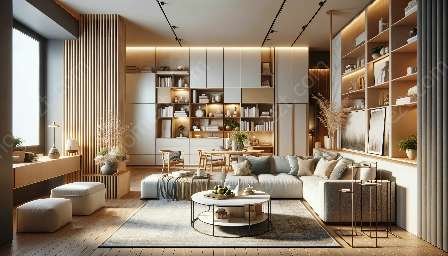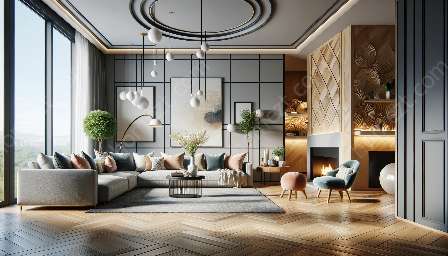In interior design, creating focal points is an essential component that enhances space planning and cohesive home furnishings. A focal point is a strategic element within a space that draws attention, creates visual interest, and establishes the design scheme. Successful focal points contribute to the overall aesthetics and functionality of a room, making them attractive and real. Let's explore the art of creating focal points and understand how to integrate them into space planning and home furnishings.
Importance of Focal Points
Focal points serve as anchors in a room, guiding the eye and reinforcing the design concept. They provide a sense of balance and harmony, drawing attention to key features and creating a cohesive visual flow. When effectively incorporated, focal points can elevate the style and ambiance of a space, making it more inviting and engaging. Moreover, they can add personality and character to a room, making it feel more like a curated space rather than just a collection of furniture and decor.
Strategic Space Planning
Creating focal points begins with thoughtful space planning. By identifying the architectural features and natural focal points in a room, such as a fireplace, a large window, or an accent wall, you can capitalize on these elements to anchor the design. Consider the layout and traffic flow within the space to determine the best placement for the focal point. Additionally, integrating focal points into the space plan ensures that the overall design feels intentional and well-balanced.
Setting the Stage with Home Furnishings
Once the space plan incorporates focal points, the next step is to complement them with appropriate home furnishings. Selecting furniture, lighting, and decor that accentuate the focal point helps to emphasize its significance. For example, arranging seating around a fireplace or placing a striking piece of artwork above a console table can enhance the impact of the focal point. The scale, color, and texture of furnishings should harmonize with the chosen focal point, creating a cohesive and visually appealing composition.
Creating Attractive Focal Points
Designing attractive focal points involves a careful balance of proportion, scale, and visual interest. Whether through architectural detailing, such as molding and millwork, or through decorative elements like artwork, mirrors, or statement furniture, the goal is to capture attention and create a captivating focal point. Consider incorporating elements that reflect your personal style while complementing the overall design scheme of the room.
Integration with Space Planning
When integrating focal points into space planning, it's essential to consider the relationship between the focal point and other elements within the room. Balance and symmetry play a crucial role in achieving a cohesive design. The placement of furniture and accessories should support and enhance the focal point without overshadowing it, resulting in a harmonious and visually compelling arrangement.
Enhancing Home Furnishings
Home furnishings play a vital role in enhancing the impact of focal points. Selecting pieces that complement and highlight the focal point, rather than compete with it, is key. Additionally, incorporating elements that bring attention to the focal point, such as decorative lighting or statement accessories, contributes to the overall appeal of the space. Cohesive design, balanced proportions, and well-chosen furnishings all contribute to the success of a designed focal point within a room.
Conclusion
Creating focal points that are attractive and real involves a thoughtful blend of design elements, space planning, and home furnishings. Understanding the importance of focal points, strategically integrating them into space planning, and harmonizing them with home furnishings are essential aspects of successful interior design. By mastering the art of creating stunning focal points, you can transform any space into a captivating and inviting environment that reflects your personal style and enhances the overall design aesthetic.

